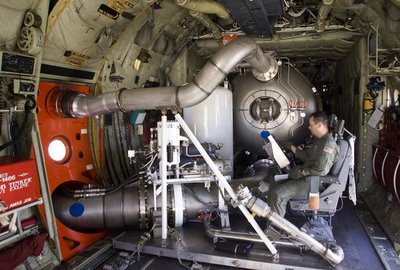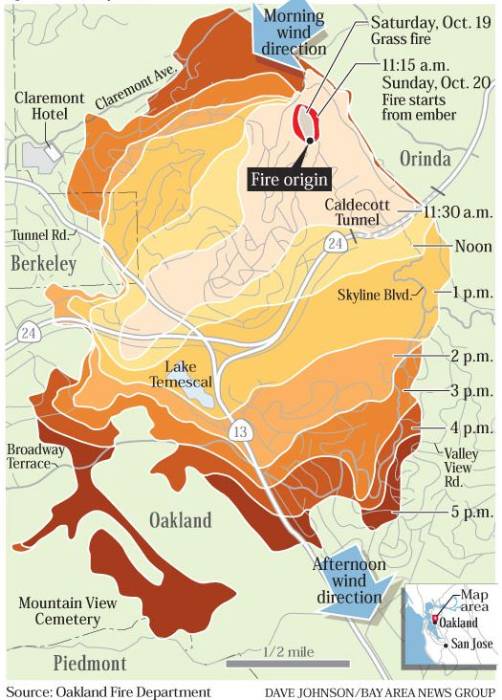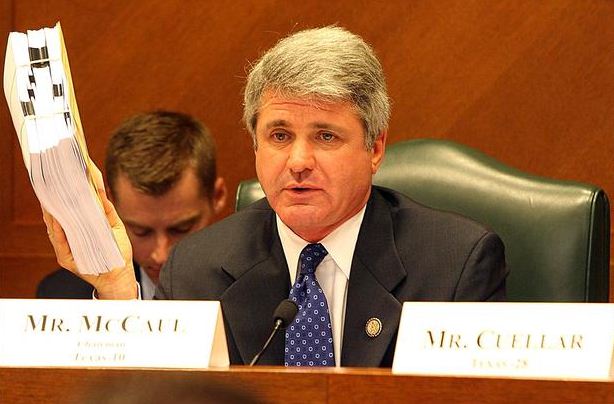 You may recall that on September 24, 2010 we reported that Firefighter Ryan Seitz, 27 of the McArthur Fire Department in Ohio was killed when he was hit by debris from an exploding pressurized water tank. At one time I worked with a small commercially manufactured compressed air foam system on a trailer pulled behind an ATV, and an SCBA tank pressurized the water tank and provided the air for the foam. I have never heard of a large engine-mounted pressurized water tank, but thanks to a NIOSH report that was released today the facts have been revealed.
You may recall that on September 24, 2010 we reported that Firefighter Ryan Seitz, 27 of the McArthur Fire Department in Ohio was killed when he was hit by debris from an exploding pressurized water tank. At one time I worked with a small commercially manufactured compressed air foam system on a trailer pulled behind an ATV, and an SCBA tank pressurized the water tank and provided the air for the foam. I have never heard of a large engine-mounted pressurized water tank, but thanks to a NIOSH report that was released today the facts have been revealed.
The fire department obtained the fire engine, a military surplus Humvee, through the state of Ohio surplus property program. It had previously been operated by another fire department that gave it back when they obtained funding to purchase a new brush truck. The first fire department built the water delivery system in-house, installed it in the back of the Humvee involved in this incident, and put it into service in mid-1997. That fire department reported that the water delivery system was used 8-12 times per year through May 2008 when the vehicle was returned to the state surplus vehicle program.
 The system included two 3,000 psi air cylinders which served as the source to pressurize the 120-gallon water tank, which was rated at 75 psi and designed for a home water well system. While operating at a vegetation fire, the tank exploded, killing the firefighter. Here is a description from the report:
The system included two 3,000 psi air cylinders which served as the source to pressurize the 120-gallon water tank, which was rated at 75 psi and designed for a home water well system. While operating at a vegetation fire, the tank exploded, killing the firefighter. Here is a description from the report:
The two fire fighters who had been raking the fire break rested in the Humvee while the other two fire fighters began to extinguish hot spots. While applying water to the dead tree, the hose snagged and then burst, spraying the fire fighter who was working the nozzle. The fire fighter who had been driving the Humvee ran to shut off the air pressure to the water tank. After closing the SCBA cylinder valve and the water tank inlet valve, the fire fighters removed the section of burst water hose. After repairing the water hose, the fire fighter working the nozzle attempted to put water on the tree but did not have adequate water pressure. The victim and the fire fighter who had been sitting in the Humvee got out of the vehicle to observe what was going on. Note: Fire fighters interviewed did not report any noises or physical changes to the water delivery system that would have indicated a problem.
The victim was standing at the rear of the Humvee near the center of the tailgate when the water tank exploded. The force of the explosion caused the bottom of the tank (closest to the rear end of the vehicle) to separate from the rest of the tank. The tank was pushed forward into the dashboard, breaking the pneumatic airlines and connections in multiple locations. The Humvee’s front windshield was shattered. The bottom of the water tank was propelled into the motorized hose reel. The force ripped the hose reel’s mounting bolts through the Humvee’s bed. The hose reel struck the vehicle’s tailgate and then flipped over the tailgate, striking the victim. The victim was thrown backward approximately 20 feet, and was killed instantly. The hose reel came to rest in close proximity to the victim while the end of the water tank was propelled into the woods. The fire fighter who had been operating the hoseline nozzle was knocked down by the force of the explosion but was not seriously injured. Two other fire fighters narrowly escaped injury.
NIOSH said contributing factors were:
- Use of a self-made water delivery system without an over-pressurization safety relief mechanism and inappropriate system components.
- Limited written operating procedures and policies.
- The pressure gauge on the water delivery system was inappropriate for its intended use.
- Limited training in the use of the equipment.
Recommendation #1:
Fire departments should ensure that fire suppression equipment is properly designed and safe for its intended use and refrain from using self-made equipment that does not meet applicable safe design standards and practice.
The moral of the story is that pressurized tanks can be extremely dangerous, especially when fed by 3,000 psi SCBA tanks. This incident made me think of the military MAFFS air tankers. Their newest slide-in systems have retardant tanks that are pressurized by an on-board air compressor which forces the retardant out the lower pipe you can see in the photo below. The upper pipe is connected to an emergency air release system which would presumably, in the event of a malfunction, allow compressed air to exit the aircraft through the pipe in the paratroop door, rather than into the interior of the aircraft which would probably cause catastrophic damage, endangering the aircraft and crew. The first generation MAFFS slide-in units were pressurized by ground-based air compressors before take off, and pumped the retardant out the open rear door during a drop. A malfunction releasing a large quantity of compressed air was not as much of a threat with the huge open door.








